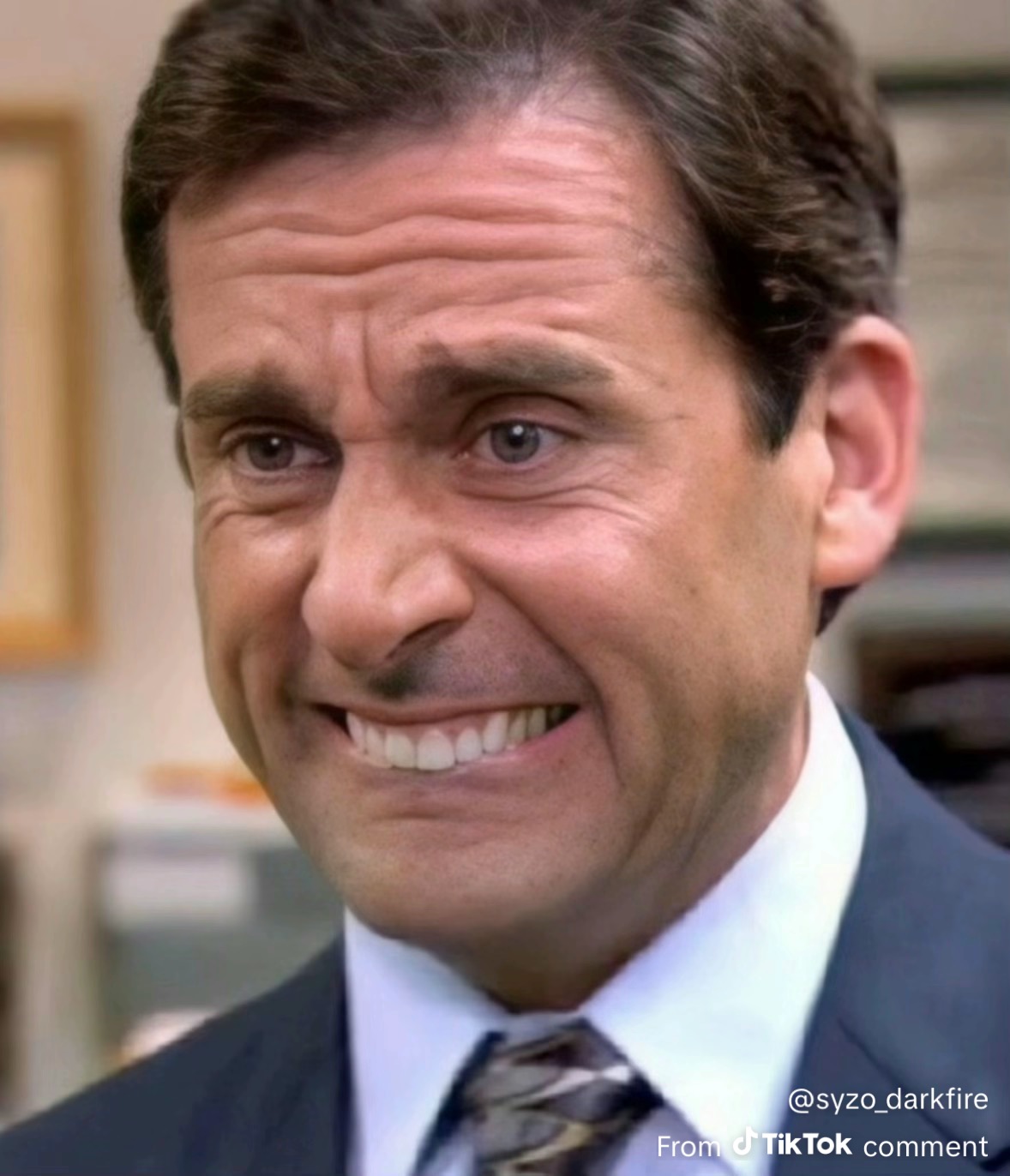Eye (not detailed)
Cards (34)
- What is the outer fibrous layer of the eye called?
- What is the primary composition of the posterior sclera?
- What is the function of the sclera?
- What is another name for the scleral venous sinus?
- Where does the aqueous humour drain?
- What are the extrinsic eye muscles?
- Which cranial nerves innervate the extrinsic eye muscles?
- What is the role of the choroid in the eye?
- What does the ciliary body consist of?
- What is the function of the ciliary muscle?
- How do the circular and radial muscles of the iris respond to bright light?
- What happens to the pupil in dim light?
- What is the optic disc?
- What is the significance of the macula lutea?
- What type of cells are rods and cones?
- What is the primary function of rods?
- What is the primary function of cones?
- What is the lens made of?
- What is the function of the lens?
- What is accommodation in the lens?
- What is a cataract?
- What are the anterior and posterior chambers of the eye?
- What produces intraocular pressure?
- What is the function of the vitreous cavity?
- What are the accessory structures of the eye?
- What is the function of the lacrimal apparatus?
- What does lacrimal fluid contain?
- What is the diameter of the adult eyeball?
- What are the relations of the eyeball?
- What are the three layers of the eyeball?
- What is the composition of the outer fibrous layer?
- What type of epithelium covers the outer surface of the cornea?
- What is the middle coat of the cornea made of?
- What type of epithelium is found in the inner coat of the cornea?
